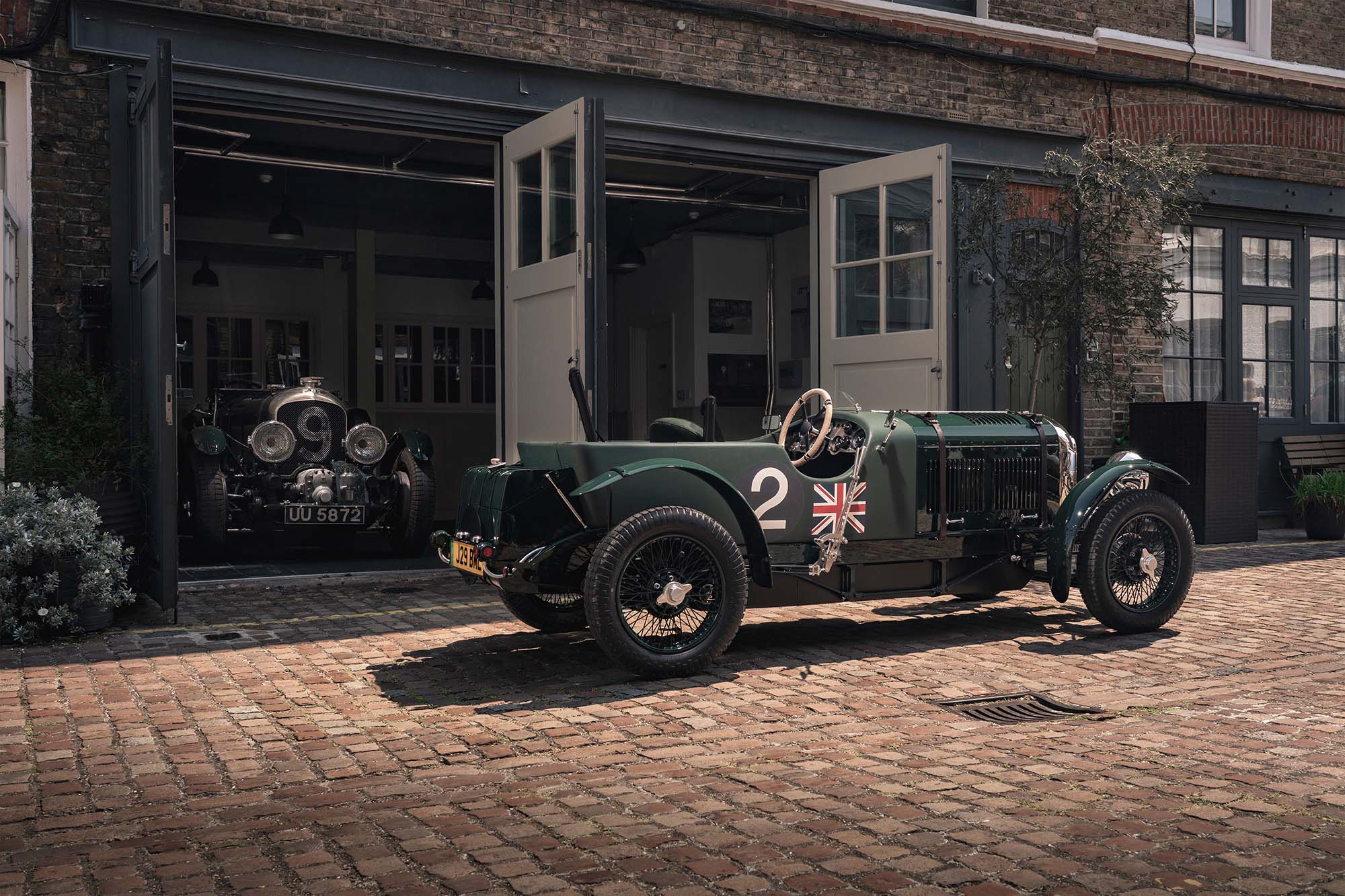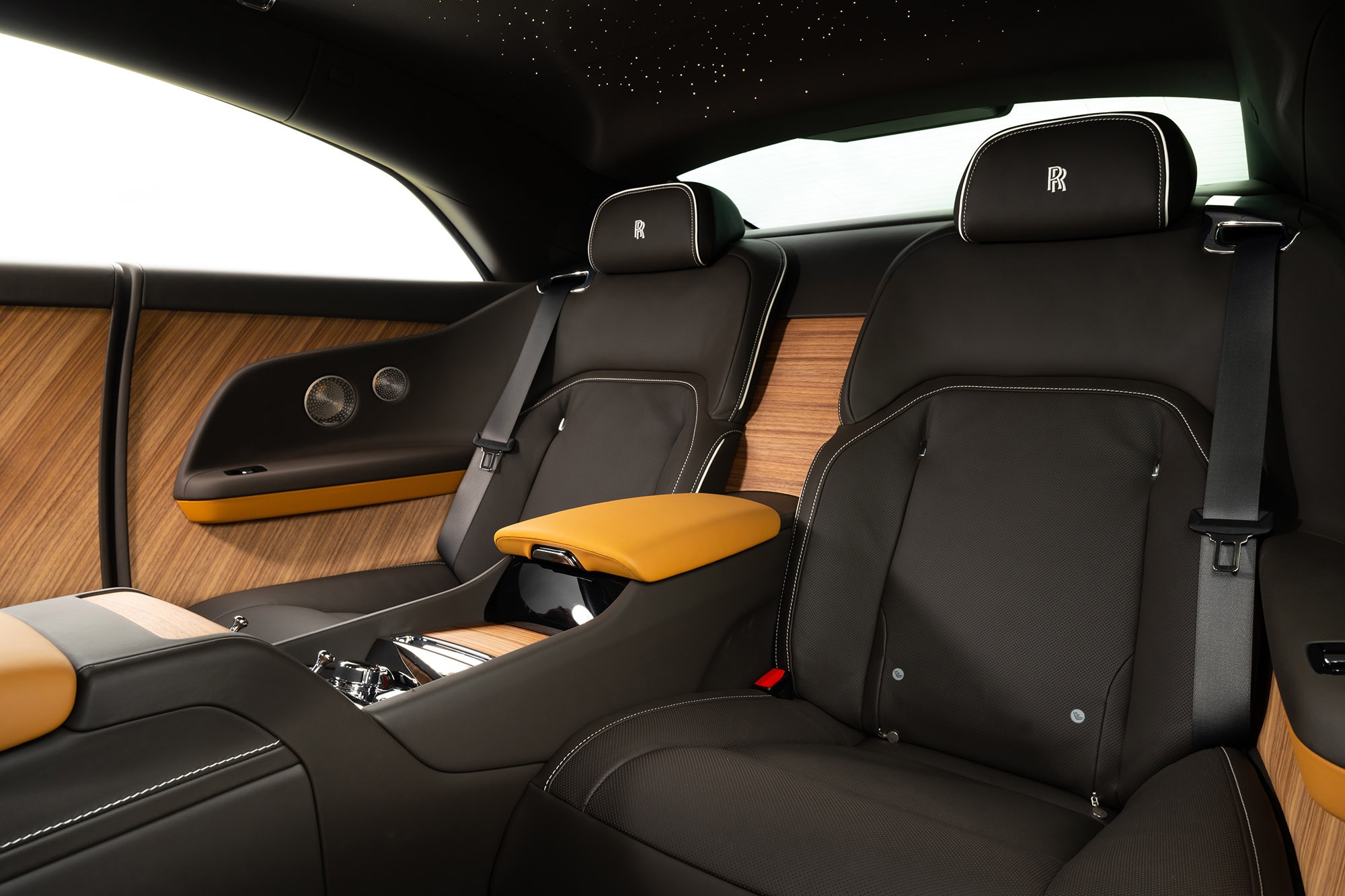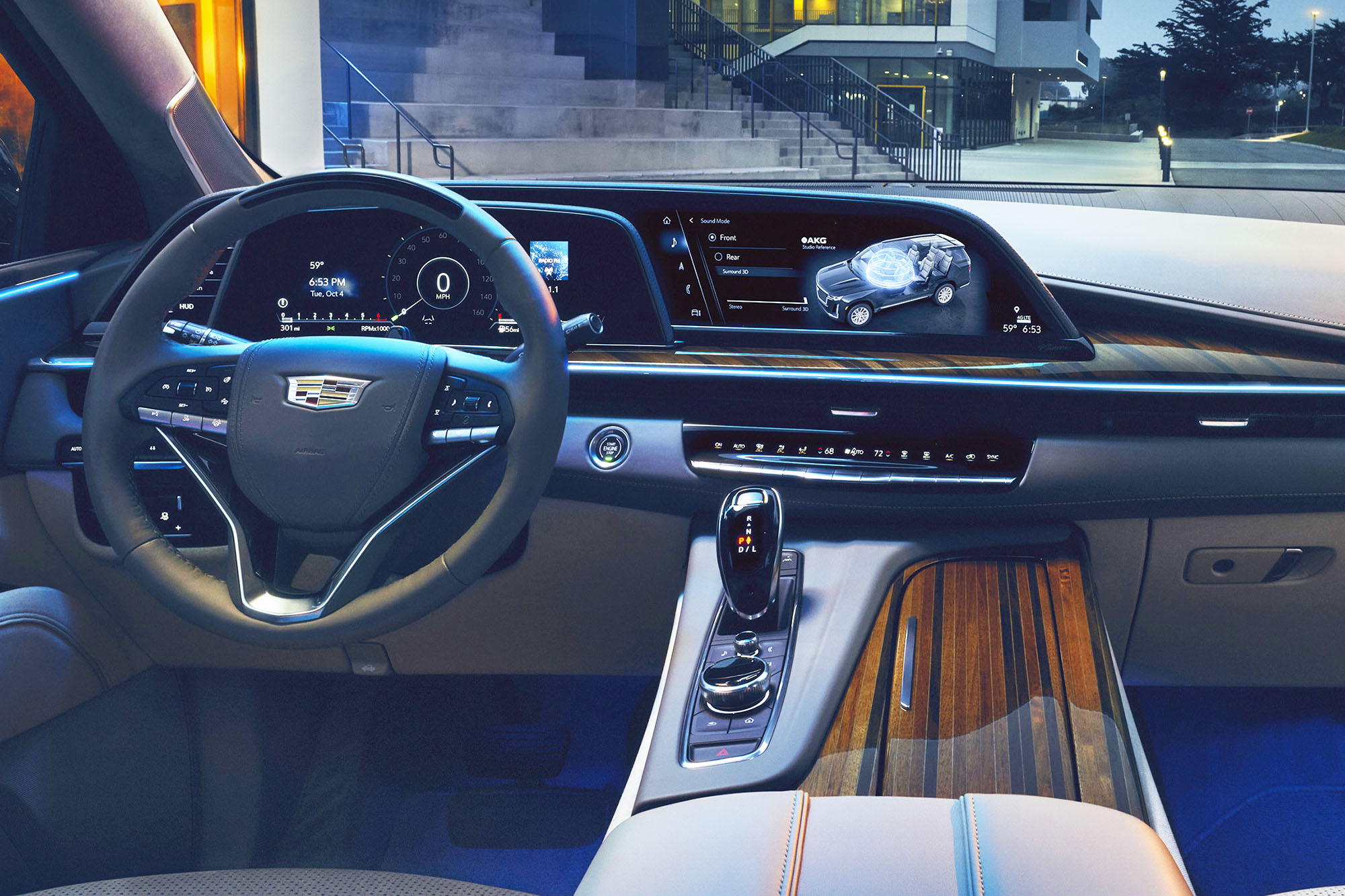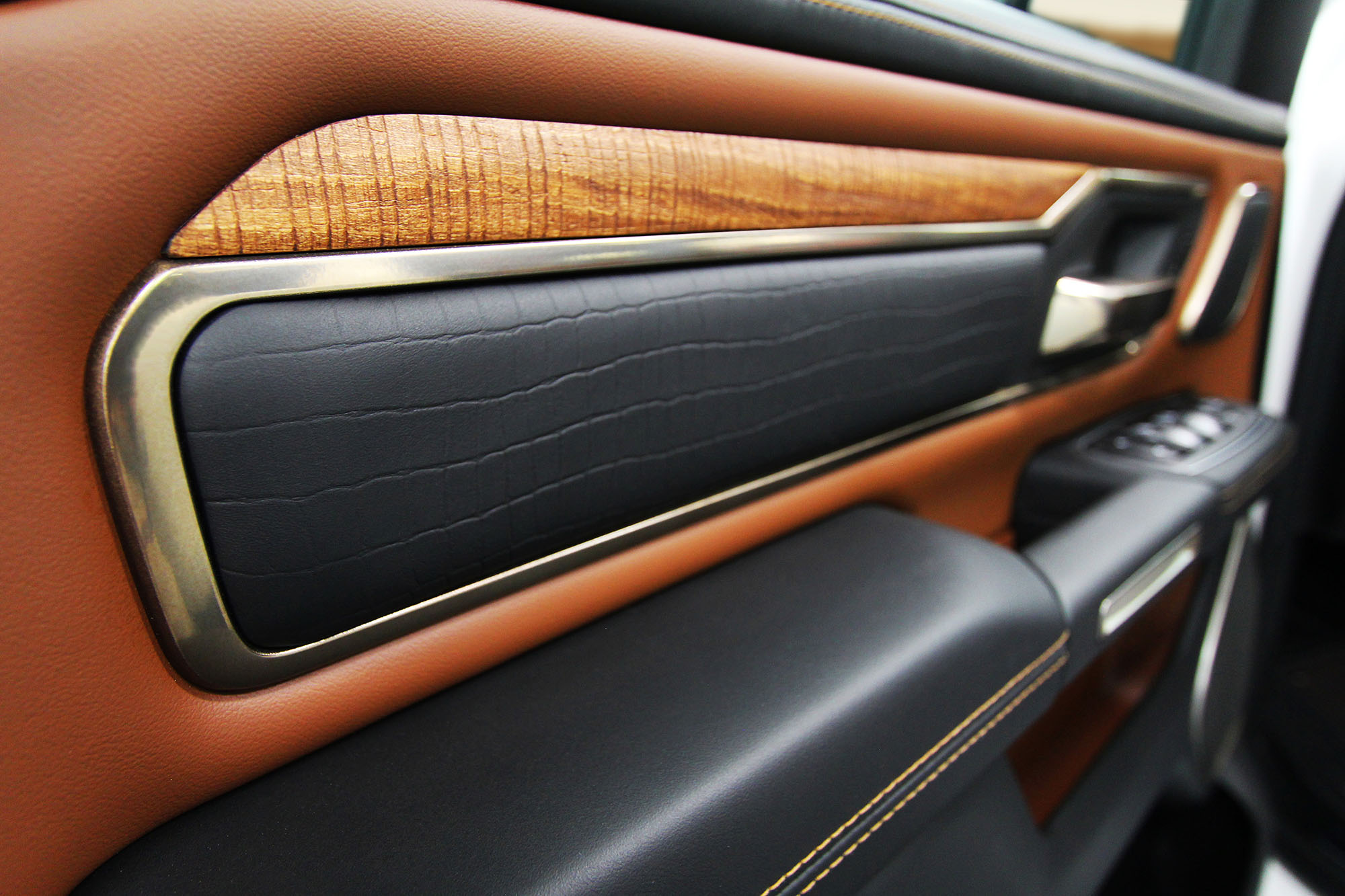How Wood Interior Trim Became a Luxury-Car Staple
A holdover from the horse-and-buggy days, automotive woodwork retains an aura of sophistication and class.
 Rolls-Royce
Rolls-Royce
Despite the availability of upscale synthetic materials such as carbon fiber, Alcantara, and aluminum, when many automakers truly want to convey luxury, they choose wood. So clear is the connection that when Aston Martin sought to drive its vehicles further upscale, the designers outfitted its 2025 flagship DB12 Volante in matte-finish wood.
 Bentley
Bentley
Automotive Wood Is a Holdover From the Era of Horse-Drawn Carriages
Horse-drawn carriages had leather or wood boards, known as dashboards, that prevented dirt from horses' hooves from making its way into the passenger cabin. The dirt, it was said, would be dashed upon the board.
Since early cars took carriage design as a starting point, wood was a key construction material. Despite being nicknamed The Tin Lizzie, the Ford Model T was actually framed in wood, as were luxury cars of the 1910s and 1920s, including Cadillacs, Bentleys, and Aston Martins. In fact, it wasn't until the 1930s that construction of most car frames shifted to metal. Even as late as the early 1950s, vehicles such as the Buick Super Estate Wagon and Roadmaster Estate Wagon used wood paneling.
 Rolls-Royce
Rolls-Royce
Fine Woodwork Set Luxury Transport Apart
With wood being used for the skeletons of luxury cars, it made sense for it to be used inside the car as well.
Part of the appeal arose from a desire to adopt the skills of classic handmade crafts and apply them to the mechanized — and somewhat less individuated — world of personal transportation. This can be seen in the way the arts and crafts movement of the late 19th and early 20th centuries responded to industrialization with a focus on the relevance and uniqueness of handmade items.
Upscale forms of transport in that era — such as the Orient Express and the Titanic — featured fine wooden inlaid marquetry and paneling. Elevated, wealthy automobile buyers thus came to equate this use of wood with elegance — and expected it in their personal vehicles.
Rolls-Royce began employing wood trim — most often burl walnut — around 1925. Often, Rolls of the era actually had more than just wood trim. They featured custom cabinetry, cubbies, and trays in the cabins.
In contrast, many American cars of the 1930s used painted faux-wood trim rather than the more expensive real wood found in British cars. This process involved painting metal to appear like mahogany, birch, or ash. In many cars, including those from Studebaker and Ford, this process was licensed from the National Cash Register Company, which pioneered the practice.
 Cadillac
Cadillac
After the Spread of Fake Wood, the Real Thing Gained Added Status
The U.S. penchant for progress — and profit — led to a move away from more expensive real wood trim and toward its synthetic counterpart.
Di-Noc, one of the first faux wood finishes, began to appear in cars in the 1930s, and Cadillac began using such finishes in the late 1960s. Around this same time, fake wood began to proliferate through the General Motors lineup, reaching downmarket through GM's Buick, Oldsmobile, and Pontiac lines.
Most of this faux trim was made of a film that is printed and adhered. Some more sophisticated versions are printed in layers, with translucent striations alternating with opaque layers to create a sense of depth.
In the 1980s and '90s, as U.S. automakers faced steep competition from imported German luxury cars that featured authentic trim materials, real wood reappeared as an option in Cadillacs, often in the form of striped zebrano wood.
 Ram
Ram
Wood Trim Remains at the Top of the Market
Given their luxurious nature, pinnacle brands such as Bentley and Rolls-Royce still meticulously craft exquisite wood trim for their interiors. The level of detail is extreme.
For example, each piece of wood grain veneer in a Bentley's cabin is sourced from the same tree. Every panel is then cured for 72 hours, sanded and lacquered five times, and installed using an artisan technique called book matching, so the grain flows uninterrupted across the various sections.
Not to be outdone, Rolls-Royce's Bespoke division will book-match veneer from any wood of your choosing — such as a tree "felled on your estate" — and will even create detailed inlays for dashboards, tray tables, and door panels.
The type of wood trim used in vehicles has shifted with the times. For example, the Rolls-Royce Spectre features veneers made of what it calls obsidian ayous. This black material is engineered and manufactured by Rolls-Royce from scraps of trim that otherwise would be discarded.
Other luxury brands are also finding ways to include wood that's sustainably grown, sourced, and harvested. BMW has used eucalyptus sourced from managed forests, while Lexus has opted for bamboo. Fisker uses wood from fallen, sunken, or rescued trees, and the Ram Laramie Longhorn pickup features trim crafted from salvaged walnut fence posts — complete with barbed-wire scars.
Written by humans.
Edited by humans.
 Brett Berk
Brett BerkBrett Berk is a New York City-based writer who covers the intersection of cars and culture: art, architecture, books, fashion, film, politics, television. His writing appears regularly in top-tier automotive and lifestyle publications.
Related articles
View more related articles